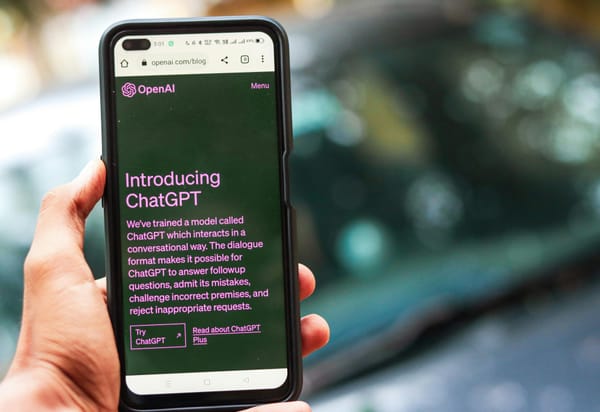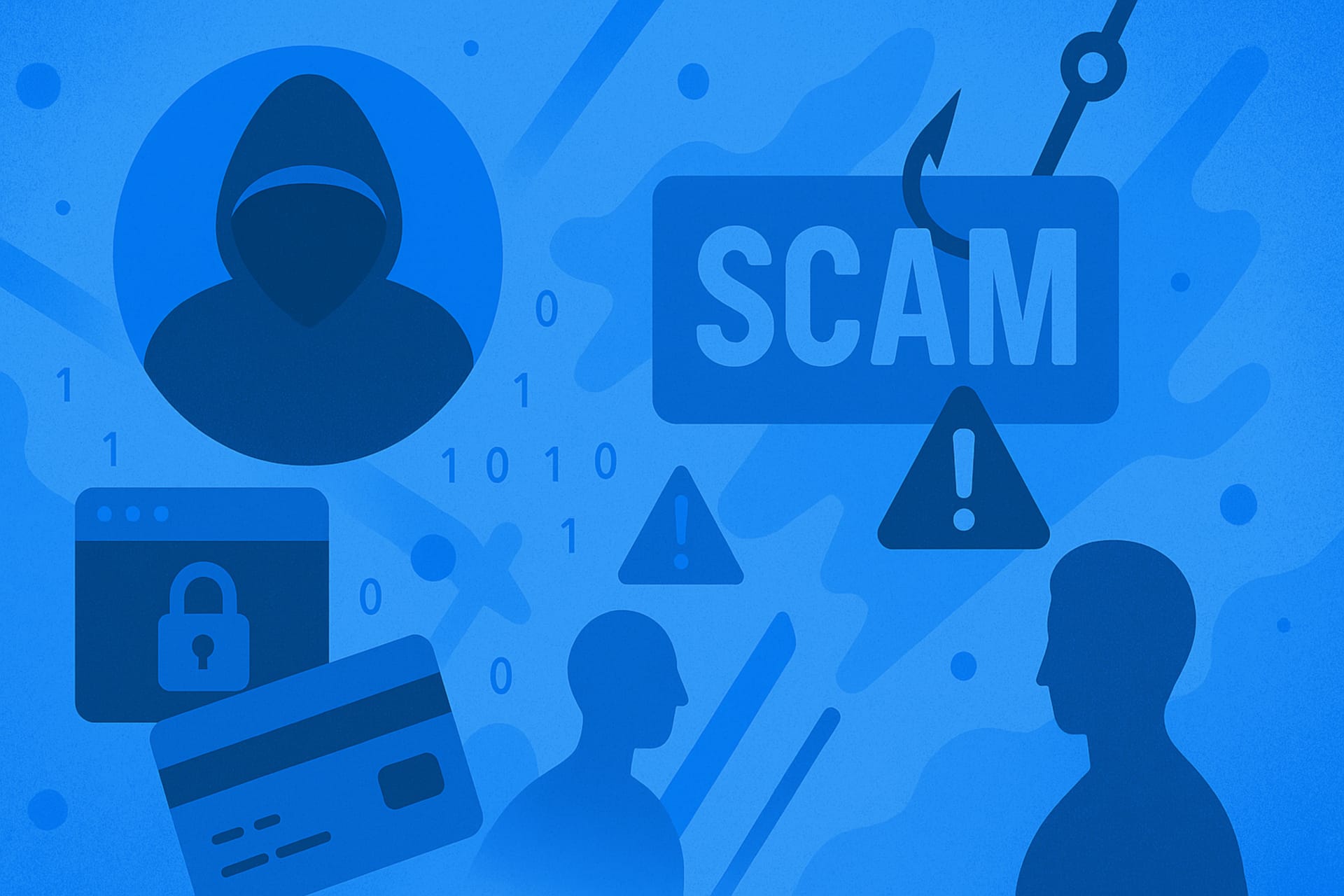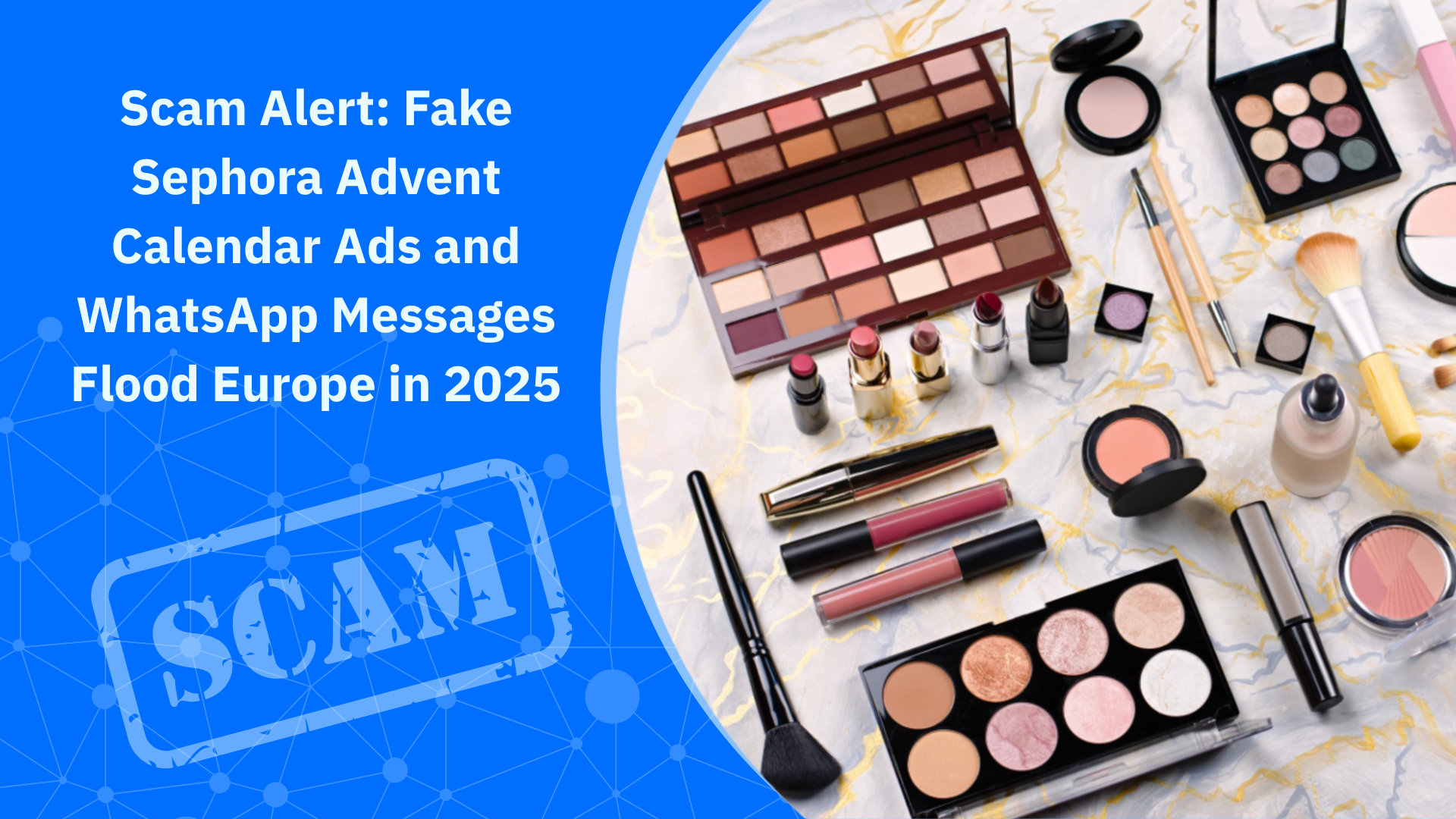How to Use ChatGPT for Your Small Business: Practical Prompts for Everyday Work

ChatGPT continues to be a hype, but many small business owners are still wondering how to actually use it in a practical way, without needing tech skills, a paid plan, or hours of training.
The truth is, ChatGPT can be a smart everyday helper. You don't need to be a tech expert to benefit. Used well, it can save time, help you get unstuck, and even support your team in working more efficiently.
We've gathered a few examples of how small business owners — consultants, shop owners, solo marketers, and small teams — can use ChatGPT to improve their daily work.
Each example comes with a strong, clear prompt you can copy or tweak to fit your needs.
1. Smarter Communication and Outreach
Every business owner has to write messages — whether it’s replying to a complaint, reaching out to someone new, or trying to find the right tone. ChatGPT can make this easier by helping you shape your words so they come across clearly and professionally, without starting from scratch every time.
Example 1: Write a friendly reply to a complaint
It’s not always easy to respond when a customer is unhappy. You want to sound professional, take responsibility, and keep the relationship positive. ChatGPT can help you reword your message in a way that feels both reassuring and human.
Prompt:
I'm replying to a client who complained about a delayed delivery. Please rewrite my message to sound professional and reassuring, while still taking responsibility. Here's my draft: [insert your text].
Example 2: Craft a confident outreach email
If you’re not sure how to introduce yourself to a potential client or collaborator, ChatGPT can help you write a clear, confident message that gets to the point without sounding too formal or too casual.
Prompt:
Write a short and confident email to a potential collaborator. I want to introduce my business [brief description], mention what we can help with, and suggest a short call next week.
Example 3: Change the tone of a message
Sometimes the message is mostly fine, but it doesn’t quite sound like you. Maybe it’s too stiff, or not warm enough. ChatGPT can help you adjust the tone so it matches the way you want to come across.
Prompt:
Change the tone of this message to make it sound more enthusiastic and natural. Keep it clear and under 150 words. [Insert your text]
2. Create Simple Business Documents and Procedures
Writing policies, checklists, or step-by-step instructions often feels like something you’ll “get to later.” But those documents can save you time, prevent misunderstandings, and make it easier to bring others into your business. ChatGPT can help you turn ideas or rough notes into a clear first draft that you can review and adjust as needed.
Example 1: Write a simple remote work policy
Even if your team is small or remote work is just an occasional thing, a basic policy helps everyone understand what’sexpected. You don’t need legal language — just something clear and easy to follow.
Prompt:
Write a short remote work policy for my small business. It should include expectations around communication, using company devices safely, and working hours. Keep it friendly and easy to understand.
Example 2: Create an onboarding checklist
If you’re hiring or working with freelancers, having a clear list of steps makes onboarding smoother. It saves you time and gives your new team member a better start.
Prompt:
Create a checklist for onboarding a new freelance graphic designer. Include everything from account setup to brand guidelines and team introductions.
Example 3: Turn messy notes into a clear standard operating procedure (SOP)
If you’ve ever tried to explain a routine task from memory — or searched through old emails to remember how you did something — an SOP can save the day. ChatGPT can help you turn scattered notes into something simple, step-by-step, and easy to share.
Prompt:
Turn these notes into a short SOP for processing customer returns: [paste your notes here]. The process should be clearand broken into steps.
Related: Should You Let AI Train on Your Business Content? Pros, Cons, and How to Opt Out
3. Cybersecurity and Scam Awareness
You don’t need to be a cybersecurity expert to start protecting your business. ChatGPT can help you draft simple, usefuldocuments that help your team — or remind yourself — to stay alert and work more safely online.
Example 1: Create a cybersecurity policy for your business
Even a short, easy-to-understand policy can give your team clear guidance and helps you set expectations before something goes wrong.
Prompt:
Write a short cybersecurity policy for a small marketing agency. We use laptops, cloud apps, and email daily. Include basic rules about passwords, software updates, public Wi-Fi, and phishing awareness. Keep the language friendly and clear.
Example 2: Warn your team about a scam in plain language
If you’ve spotted a phishing attempt or heard about a scam going around, it’s worth letting your team know right away. A quick message in plain English can stop someone from falling for it.
Prompt:
Write a short internal message warning my team about a new phishing scam. It looks like it comes from me and asks themto buy gift cards. Tell them not to respond, not to click any links, and to check directly with me if unsure.
Example 3: Draft a best practices guide for device security
When people travel or work from different locations, it’s easy to forget the basics of keeping their devices secure. A quick checklist can help them stay protected.
Prompt:
Write a short guide for staff on how to keep their work devices secure when traveling. Include tips like using a VPN, avoiding public Wi-Fi without protection, locking the screen, and updating software. Make it easy to follow and conversational.
Related: Small Business Owners Are Already Putting AI to Work—Here Are 10 Tools You Should Try Today
4. Support for Your Content Work
Whether you're writing a blog post, a newsletter, or a quick LinkedIn update, creating content takes thought and time. ChatGPT won’t replace your voice or experience, but it can help you shape ideas, explore different formats, and move past creative blocks. It’s a useful tool when you need to get started or when you just need a second set of eyes.
Example 1: Brainstorm ideas tailored to your audience
If you're running out of things to post or write about, ChatGPT can help you generate new ideas based on your audience and what your business offers.
Prompt:
I run a bookkeeping service for freelancers and small business owners. Give me 10 blog or LinkedIn post ideas that are practical, engaging, and help build trust.
Example 2: Repurpose long-form content for social media
You’ve already written something valuable — a blog post, a case study, or a newsletter. ChatGPT can help you break it down into shorter pieces you can reuse across platforms.
Prompt:
I wrote the blog post below. Pull out 3 helpful takeaways and turn each into a short LinkedIn post (under 300 characters). [Paste your blog post]
Example 3: Adapt content for different formats or audiences
Sometimes the message is good, but the tone or format isn’t quite right. ChatGPT can help you rewrite your content so it fits your audience or the setting better.
Prompt:
Rewrite this section to sound more conversational and direct, like I'm speaking to a group of clients at a live workshop. [Insert text]
Prompt:
This FAQ answer is too dense. Rewrite it in plain English for small business owners who might not know the jargon. Make it friendly and direct, but still accurate.
5. Operations and Project Help
There’s a lot of planning that goes into running a business — from organizing campaigns to keeping projects on track. ChatGPT won’t make decisions for you, but it can help you shape your ideas, organize your thoughts, and turn rough plans into something more structured.
Example 1: Draft a task list for an upcoming campaign
If you’re launching a new product, event, or promotion, ChatGPT can help you break it into steps so nothing gets missed.
Prompt:
We're launching a back-to-school promotion for our online store. Create a task list that includes updating the homepage, writing product descriptions, sending out emails, posting on social media, and setting up ads. Include a suggested timeline over 2 weeks.
Example 2: Outline a simple workflow for your team or freelancers
When you're bringing someone into a project — especially a freelancer or new team member — it helps to have a repeatable process. ChatGPT can help you map that out.
Prompt:
Create a simple workflow for onboarding a new client to my consulting business. It should include initial call, sending contract and invoice, gathering information, and preparing the first deliverable.
Example 3: Summarize a project update for a client
If you’ve been working on something for a while, it can be hard to step back and explain it clearly. ChatGPT can help you summarize the progress and next steps in a way your client will appreciate.
Prompt:
Summarize this project update in plain English for a client. Focus on what we've done so far, what's next, and anything they need to review. [Insert update]
Related: Your Shared ChatGPT Chats May Be Publicly Searchable – Here's How to Delete Them
6. Everyday Admin and Time-Saving Tasks
Some of the best uses of ChatGPT are also the most straightforward. When your to-do list is long and time is short, it can help you quickly sort through details, clean up your writing, or prepare messages you send often. Think of it as a second brain that helps you keep things moving.
Example 1: Summarize long emails or notes
When you’re staring at a long email thread or meeting notes, it’s easy to miss the key points. ChatGPT can help you quickly get to the heart of what matters.
Prompt:
Summarize the following email thread in 5 bullet points. Focus on decisions, deadlines, and what I need to follow up on. Use a neutral tone. [Paste thread]
Example 2: Write short, polite reminders or memos
Whether you’re chasing a late payment or following up on a task, ChatGPT can help you say what needs to be said without sounding too pushy or too soft.
Prompt:
Write a polite but clear reminder email to a client who hasn't paid their invoice. The due date was last week. Keep it professional and friendly, and ask if they need any details from me to process it.
Example 3: Create basic templates for recurring tasks
If you find yourself sending the same kinds of messages again and again, it helps to have a template. ChatGPT can help you write one that you can save and reuse anytime.
Prompt:
Write a short, professional email template for following up with a new lead one week after our first meeting. Mention that I'm happy to answer any questions and that I'd love to explore how we might work together.
Related: OpenAI Wants ChatGPT to Be Your Next Personal Assistant – What That Means for Entrepreneurs
Use It Well, and Stay Protected
ChatGPT isn't a replacement for your experience, your tone of voice, or your way of doing business. But it can support your thinking, save you time, and help you move faster, especially on the small tasks that pile up.
Start small. Try a few prompts. Tweak them. Ask again in a different way. You'll start to figure out where ChatGPT fits into your workflow — and where you still prefer to trust your own hand.
A few best practices to keep in mind:
·Be clear in your prompts — the more specific, the better
·Always review and personalize what ChatGPT gives you
·Avoid pasting sensitive or confidential information into public tools
·Use it to support your thinking, not replace it
·Keep cybersecurity in mind, especially when generating messages or handling scams
Related:
- What data Chat GPT collects about you, and why is this important for your digital privacy
- What Not to Share With AI Chatbots
While ChatGPT can help you communicate about digital risks, it can't protect your business from them. But Bitdefender Ultimate Small Business Security can. It keeps your inbox, devices, and team safe from scams, phishing emails, data breaches, and dangerous links — whether you spot them or not.
Try it for free and see how much safer your business feels.
tags
Author
Cristina is a freelance writer and a mother of two living in Denmark. Her 15 years experience in communication includes developing content for tv, online, mobile apps, and a chatbot.
View all postsRight now Top posts
1 in 7 Consumers Got Scammed in the Past Year – Bitdefender Consumer Cybersecurity Survey 2025
November 21, 2025
Scammers Exploit Hype Around Starbucks Bearista Cup to Steal Data and Money, Bitdefender Antispam Lab Warns
November 18, 2025
Scam Alert: Fake Sephora Advent Calendar Ads and WhatsApp Messages Flood Europe in 2025
November 17, 2025
ClickFix Malware Chain Expands: Fake TradingView and Sora 2 Ads On Meta Now Target macOS Users
November 17, 2025
FOLLOW US ON SOCIAL MEDIA
You might also like
Bookmarks







